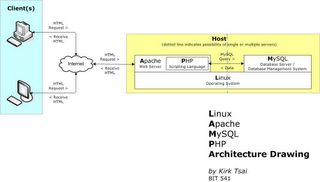Assignment 6
...please read this article and compose your thoughts on the lecture and the article in your blog...
I enjoyed reading this paper, and agreed with many of the points that the authors outline. From my own experience, I would much rather work with someone that has good interpersonal skills with working knowledge of something as opposed to someone that is an expert in the field, but is severely lacking in the communication skills department.
Part of the workplace culture shift of working collaboratively is knowledge sharing. If you work with someone who is unable or unwilling to share information, everyone is forced to rely on the expert for all questions and issues, large and small. All knowledge could potentially be held by one person. So what happens to the group if something happens to the expert? It doesn't have to be the tragic "hit by a bus" incident – What about vacation?
Conversely, in a culture where everyone is eager to learn and can effectively share information, it is possible to build a whole team of experts. As callous as it may sound, it's easier to convert a lovable fool into a lovable star than transforming a competent jerk into a lovable star.
One of the things I found most refreshing about the article was how the authors made mention of the importance of team building. Investing in employees seemed to play large part of corporate America during the dot com binge but has since lost focus with downsizing and budget cuts. Although spending money on teambuilding is harder to justify in a ROI based culture, I still believe it can go a long way.
On a semi-related note, in Monday's Free Press, a columnist talks about the importance of small talk in the office to build relationships which lead to effective networking.
-Kirk


